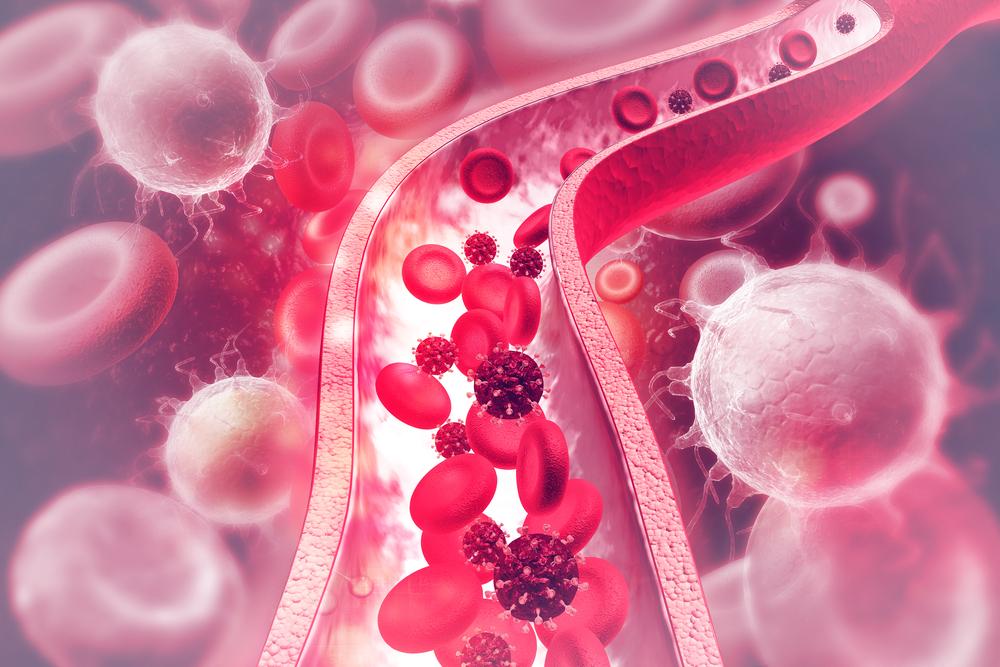Some people may not realize this, but many people have cancer cells in their bodies without presenting much danger. Fortunately, there are some common foods that can cut off cancer cell’s nutrient supply and starve them to death.
Autopsies of individuals who died of trauma often reveal microscopic colonies of cancer cells, also known as in situ tumors. Some people call them “disease-free cancers.”





